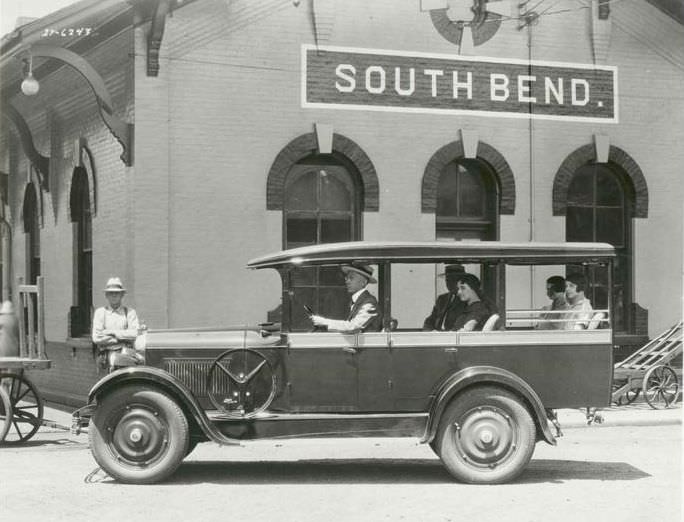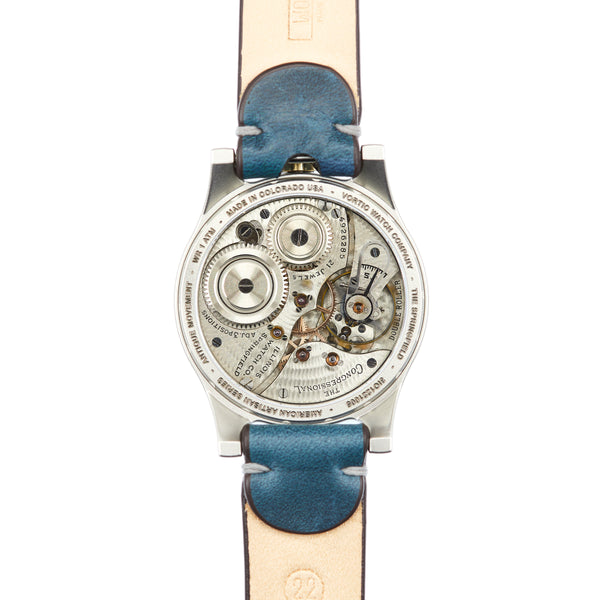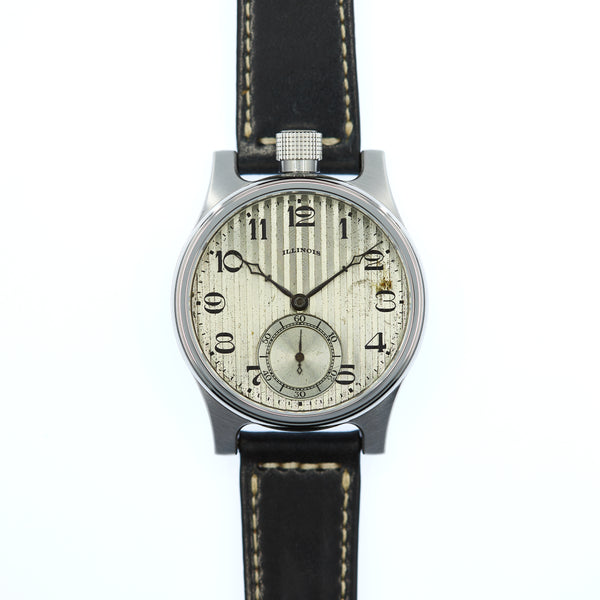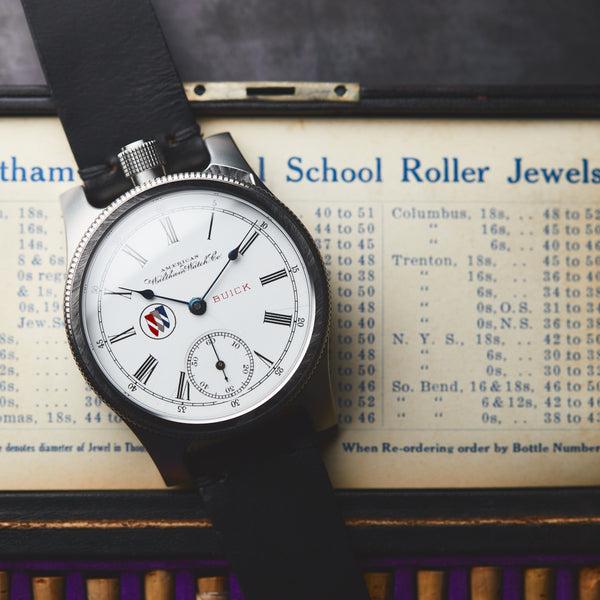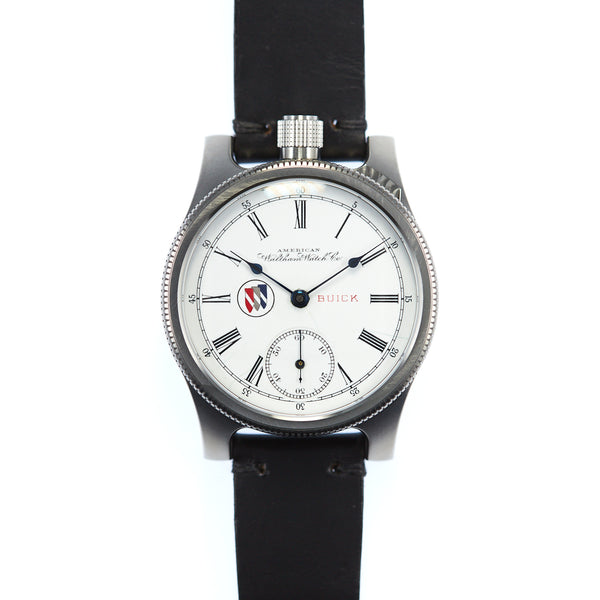The Studebaker story is a vital part of American automotive history, but it began long before cars were invented. In 1852, brothers Henry and Clem Studebaker established a wagon-building business in South Bend, Indiana, laying the foundation for what would become an iconic American brand.
A Legacy Forged in Steel
Joined by another brother in 1854, the Studebaker enterprise expanded rapidly. By 1857, they were making carriages and even secured a contract with the U.S. Army for covered wagons. In 1868, the Studebaker Brothers Manufacturing Company became the world's largest vehicle producer.
As the 20th century approached, Studebaker embraced innovation. In 1902, they introduced their first electric vehicle, followed by gasoline-powered cars in 1904. Studebaker was unique in transitioning successfully from wagons to automobiles.


Triumphs and Trials
Studebaker flourished in the early 1900s, gaining acclaim for its wagons during World War I and pioneering new sales strategies. However, the Great Depression brought challenges, leading to financial struggles and restructuring.
By the 1950s, Studebaker began experiencing quality-control issues with its products. That decade also saw a price-cutting strategy between Ford and GM, which had a significant impact on car sales. All of that pressure combined with high labor costs as Studebaker employees were better paid than those at any other automotive company. The result was the fall of the automotive giant. After an expensive failed attempt at merging with a fellow ailing carmaker, Packard, Studebaker produced its final car in March of 1966.
Studebaker lasted over 100 years in an era that could be considered the greatest vehicular transformation to ever occur. In so doing, Studebaker gave us some of the world's most treasured classic cars—like the Dictator, the Commander, and the Avanti.


From Wagons to Watches
In addition to automobiles, in 1902 Studebaker ventured into watchmaking with the establishment of the South Bend Watch Company, showcasing its commitment to craftsmanship and innovation.
In the early 1920s, the Studebaker Watch Company diversified its offerings by launching a mail-order division. This venture aimed to provide a wide range of customizable, made-to-order timepieces, including pocket watches, wristwatches, and jewelry, directly to consumers. The mail-order business gained popularity, offering convenient purchasing options and flexible payment plans to customers across the country.
Among the assortment of timepieces offered by the Studebaker Mail Order Company, pocket watches held a special place. These finely crafted timepieces, available in various sizes and styles, appealed to both collectors and everyday consumers. One noteworthy category was 12-Size Pocket Watches, renowned for their elegant design and precision movement.
Studebaker's 12-size pocket watches garnered attention for their superior quality and exquisite craftsmanship. These timepieces featured intricate detailing, durable construction, and precise timekeeping mechanisms, making them coveted accessories for discerning individuals. Whether used for practical timekeeping or cherished as heirloom pieces, Studebaker's 12-size pocket watches symbolized elegance and sophistication.


Preserving Studebaker's Watchmaking Legacy
Despite the eventual closure of the Studebaker Watch Company, the legacy of its timepieces lives on. Collectors and aficionados continue to cherish Studebaker and South Bend pocket watches, recognizing their historical significance and enduring quality. Through meticulous preservation and restoration efforts, these timeless artifacts serve as reminders of Studebaker's lasting impact on American watchmaking and manufacturing.
The Studebaker legacy encompasses more than just automobiles. It extends to the realm of horology, where the brand's commitment to craftsmanship and innovation shines brightly. From its humble beginnings as a wagon builder to its foray into watchmaking, Studebaker left an indelible mark on our nation's history, symbolizing the spirit of American ingenuity and excellence.


Written by Jordan Roberts, aka "The Watch Writer"
References:
Classic Car Club of America: "Studebaker – An Historical Retrospective 1852-1966"
The Studebaker National Museum: "The Studebaker History"
University of Notre Dame: "Studebaker Family - Building South Bend"
International Watch Company (IHC) 185: Forum Discussion on Studebaker Pocket Watches

